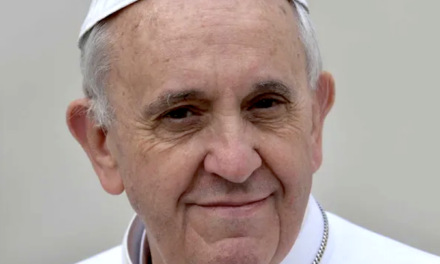We support our Publishers and Content Creators. You can view this story on their website by CLICKING HERE.
The Claremont Review of Books has published Jeffrey Anderson’s terrific review/essay “Covid catastrophes.” I think “Faucism in one county” might capture the spirit of Anderson’s take on the tyranny imposed on us by the authorities during the Covid regime. Anderson’s essay makes me angry about it all over again, but the point is to prevent a recurrence.
While we’re angry all over again, we should check out former New York Times science editor Nicholas Wade’s update of the investigation of Covid’s origin. The virus leaked from a lab in Wuhan, China, of course, but Wade has the latest on the so-called DEFUSE protocol that seems to have led to the work in Wuhan:
[W]hereas most viruses require repeated tries to switch from an animal host to people, SARS-CoV-2 infected humans out of the box, as if it had been preadapted while growing in the humanized mice called for in the DEFUSE protocol.
The authors of the proposal were a team led by Peter Daszak of the EcoHealth Alliance of New York, Shi Zhengli of the Wuhan Institute of Virology and Ralph Baric of the University of North Carolina. Although Mr. Baric is the leading expert on the technology, Mr. Daszak intended for much or most of the work to be done in Ms. Shi’s laboratory, despite giving a different impression to Darpa. He writes in the recently discovered documents that “I do want to stress the US side of this proposal so that DARPA are comfortable with our team. Once we get the funds, we can then allocate who does what exact work, and I believe that a lot of these assays can be done in Wuhan.”
Ms. Shi did most of her work with SARS-type viruses in the minimal-containment condition known as BSL2, whereas Mr. Baric, who regarded the viruses as seriously dangerous, worked in a more secure lab known as BSL3. Mr. Daszak noted that the lower-security labs would save money: “The BSL-2 nature of work on SARSr-CoVs makes our system highly cost-effective relative to other bat-virus systems.” Mr. Baric replied to this comment that the viruses might be grown under BSL2 safety conditions in China, but “US researchers will likely freak out.”
Mr. Daszak’s EcoHealth Alliance last year asserted that the DEFUSE project was never implemented: “The proposal was not funded and the work was never done, therefore it cannot have played a role in the origin of COVID-19.” But science is a competitive business. After Darpa turned down the DEFUSE proposal in February 2019, the researchers in Wuhan might have secured Chinese government funding and gone ahead by themselves. Viruses made according to the DEFUSE protocol could have been available by the time Covid-19 broke out, sometime between August and November 2019. This would account for the otherwise unexplained timing of the pandemic along with its place of origin.
Here Wade inserts parenthetically: “Mr. Daszak, Mr. Baric and Ms. Shi didn’t respond to emails seeking comment. Chinese officials have demanded that the U.S. ‘stop defaming China’ by raising the possibility of a lab leak.” Wade then concludes:
One piece is missing from the puzzle—the identity of the parent viruses from which SARS-CoV-2 was derived. The Chinese authorities have rigorously suppressed all information about the viruses being kept in the Wuhan Institute of Virology. But the documentary and scientific evidence already assembled seems sufficient to understand the genesis of the pandemic that killed millions.
The refusal of the Chinese authorities to cooperate in the relevant investigation has seemed to me a most potent piece of circumstantial evidence from the get-go.

 Conservative
Conservative  Search
Search Trending
Trending Current News
Current News 





